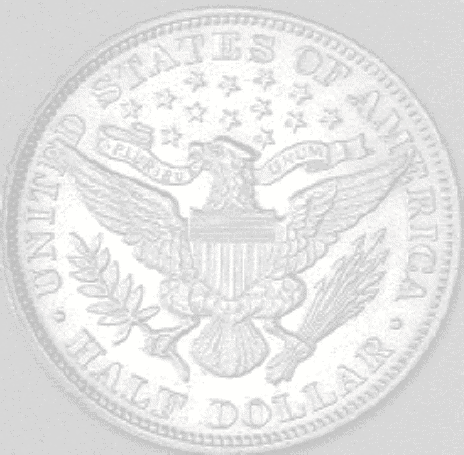
|
|
||
|
|
|
|
|
|
||

-51-
FOR BETTER OR WORSE:
The "Banking Principle" vs. The "Currency Principle"
The Suffolk Bank System continued in Massachusetts until it became a National Bank in 1864. In his History of the Suffolk Bank, Mr. D. R. Whitney declares,
It was the underlying principle of the Suffolk Bank system that any bank issuing circulation should keep itself at all times in a condition to be able to redeem it . . . and that the exercise at any time of the right to demand specie of a bank for the bills was something of which the issuing bank had no right to complain (White, 328).
In short, it enforced the idea that everything paid over a bank's counter must be the equivalent of specie. This is known as the "banking principle." It stands in contradistinction to the "currency principle" which operates on the assumption a certain amount of paper "money" will never be presented for redemption --a base assumption predicated on fraud.
The Safety Fund System
New York was the first state to
implement the Safety Fund. On January 24, 1829, Mr. Joshua Forman of
Syracuse forwarded a letter to the Governor, Martin Van Buren (White,
339). In it Mr. Forman suggested a plan for insuring bank notes. He
proposed first, that banks should be compelled to invest their entire
capital in public stocks or in bonds and mortgages. In this way, he
believed the paper issued would be safe. Second, he proposed each bank
should be required to contribute annually to a general fund for the
redemption of paper “money" issued by banks that should fail. The plan
was suggested by Hong merchants in Canton who were granted exclusive
right to trade with foreigners, but who were liable for debts incurred
by any such merchant who failed in business (White, 340).
A law was enacted that provided every bank chartered
thereafter should annually pay one half percent of its capital until the
sum should equal 3 percent of its capital stock. This fund was to pay
the debts incurred by any bank that failed. It also provided for three
commissioners to be appointed to examine each bank 3 times each year or
more often if necessary. At the recommendation of 3 banks, a special
examination could be made of any particular institution.
The law had placed all creditors on the same level.
Therefore, in 1842, the law was amended to give note-holders of any
failed bank, the first lien on its funds. Again in 1846, the
constitution actually gave note-holders preferential treatment above all
other creditors. This policy had first been adopted by the state of
Connecticut in 1831 (White, 342-343).
Two reasons were given for preferring such
note-holders: first, they had no choice but to accept banks notes when
presented in "payment." This was especially true of laborers, and the
poor. They were helpless. They might lose business, or sacrifice their
position if they refused such bills. Second, such people were not
capable of assessing the soundness of particular banks (White, 343).
In 1848, Millard Fillmore served as comptroller of the
system. While he blamed the failure of the system on the fact the Safety
Fund should have been liable only for circulating notes (White, 344),
Mr. L. Carroll Root blamed the fact that not the capital stock but the
circulation of each bank should have been the basis upon which payments
to the Monetary Fund were assessed (Root, “New York Bank Currency”).
In the words of Mr. Jabez Hammond, the Safety Fund System was
"the most perfect system of chartered banking which ever was invented”
(Hammond, 2:298-99). However, after experimenting for 36 years
(1829-1865) it was buried at the place of its birth (White, 345). In
1890, Canada adopted the system.
